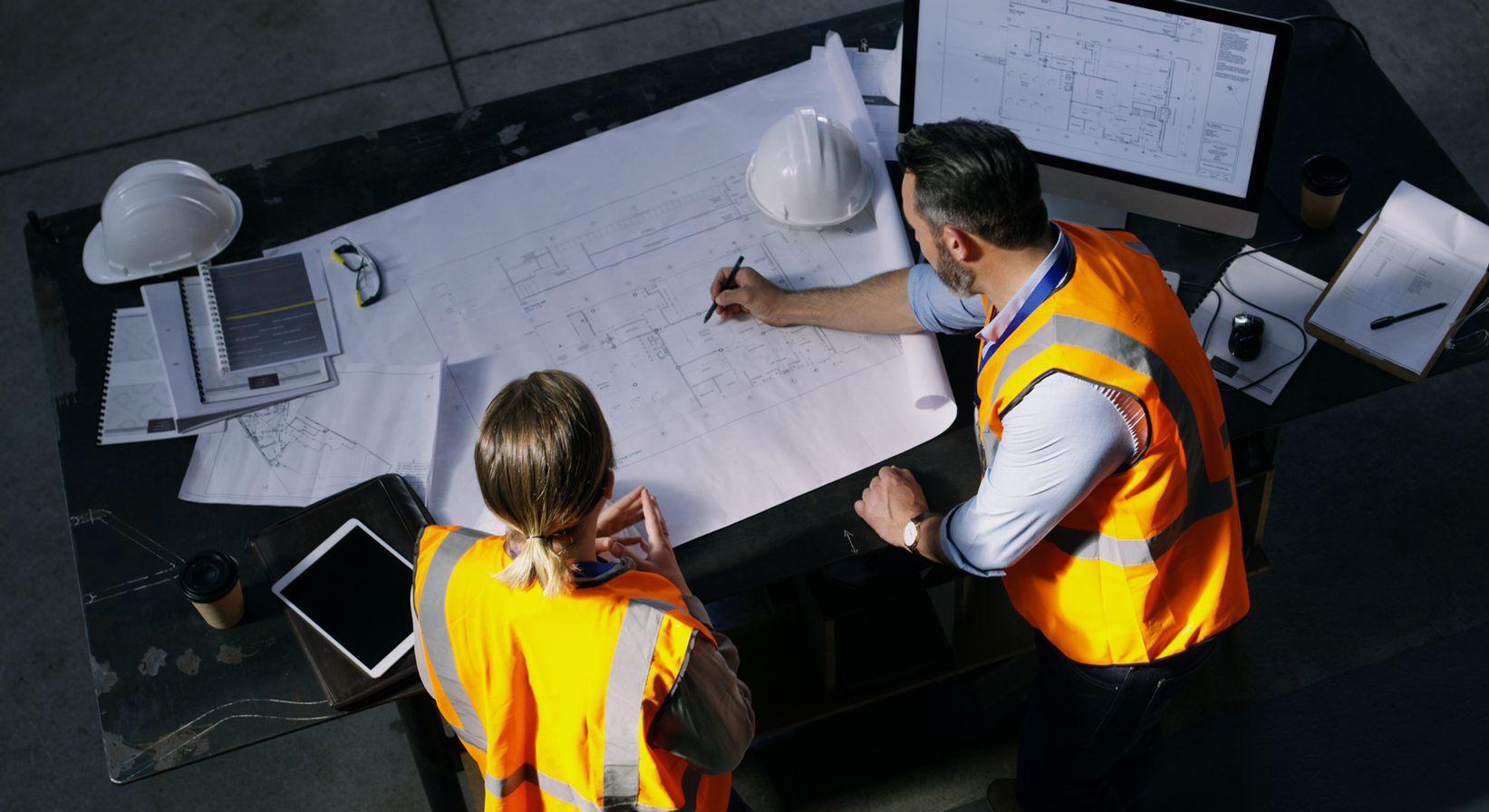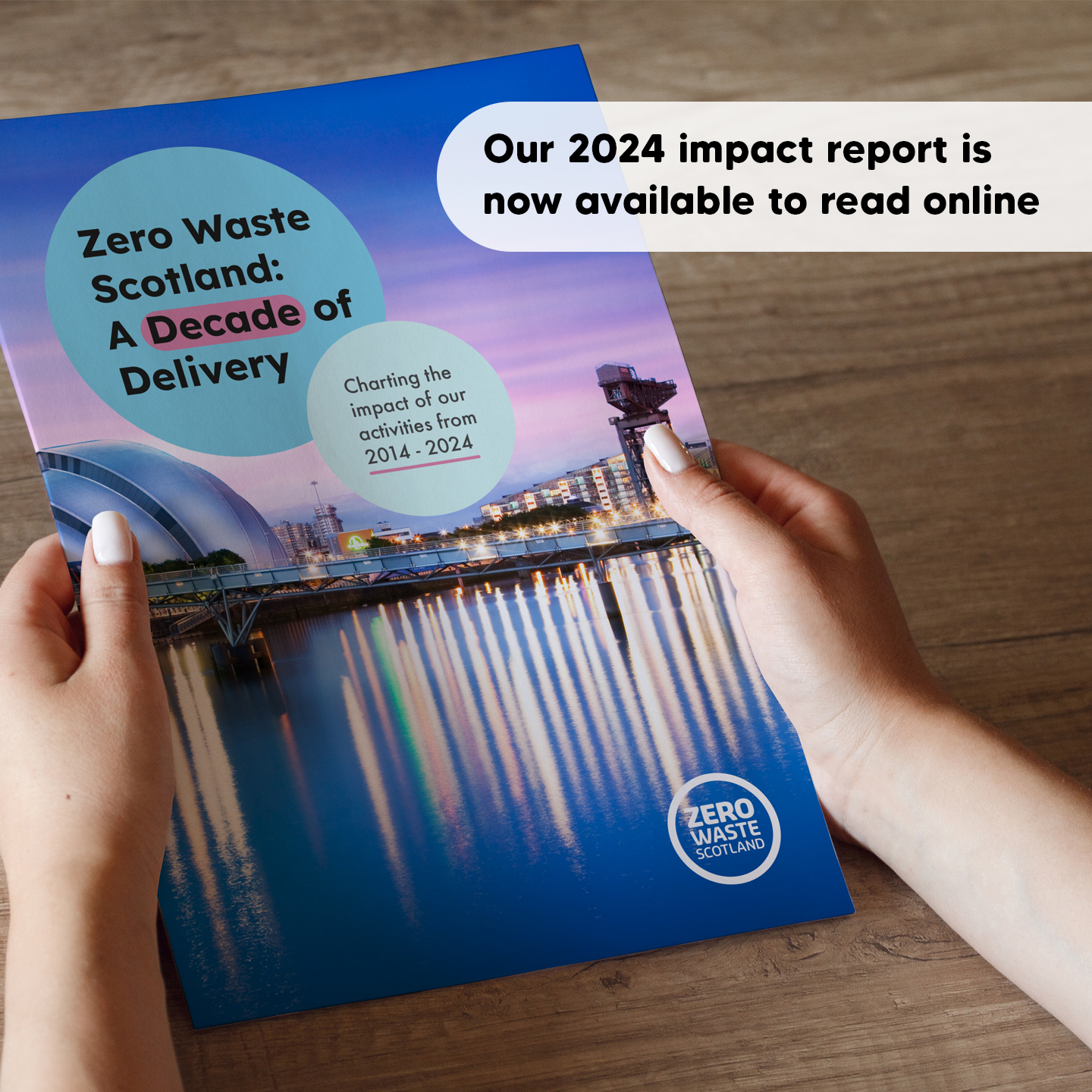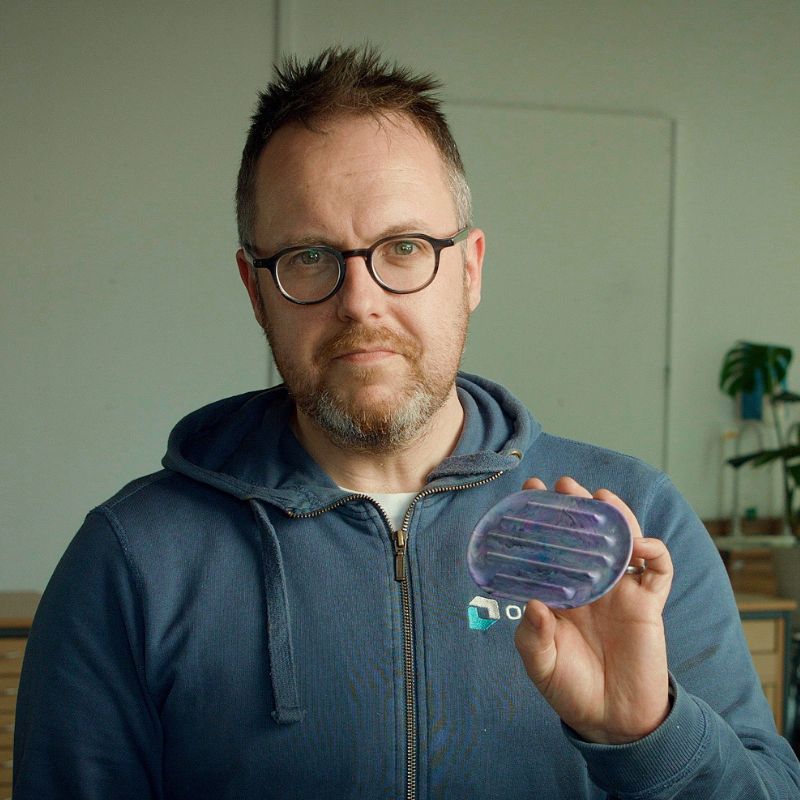
Design out waste in construction
Reducing construction waste begins at the drawing board. Good design can reduce the squandering of resources, energy and money at the outset and throughout a building's lifetime.
Construction is Scotland's biggest contributor to landfill. That's not something to boast about, but we believe millions of these tonnes can be designed out from the start.
Our guide, designing out construction waste, takes a circular economy approach to construction. It aims to help reduce consumption of virgin materials at the outset, optimise resource-efficient maintenance and repair, and maximise re-use of materials at the end.
Written with clients, designers and contractors in mind, this expert guide offers a comprehensive breakdown of the design process, taking in considerations such as:
- Sustainability targets and legislation
- Adaptability of design – to facilitate changes of use, and deployment of discrete elements, to facilitate low-cost repair and maintenance
- Benefits of natural and recycled materials including those to be found on-site
- Waste, energy and cost efficiency throughout the building's lifetime
Our guide includes key actions for clients, designers and contractors, for each stage of the design process, and a host of inspiring and instructive case studies
Designing out waste has the potential to divert 11 million tonnes from landfill, contribute hugely to Scotland's re-manufacturing economy (already worth £11billion) and helping you square up to a future of increasingly scarce resources and escalating environmental legislation.
What is a net zero carbon building?
The Zero Waste Scotland definition of a net zero carbon building is when the amount of carbon emissions associated with all of a building’s design, material sourcing, product manufacture, construction, operation and deconstruction stages are zero or negative over the whole life of the building. This can only be achieved through best practice design for resource efficiency, low carbon material choices and high material recoverability, alongside high energy efficiency and finally powered from on-site and/or off-site renewable energy sources, with any remaining carbon balance offset.
How to achieve net zero in construction
- A collaborative approach
- Whole life cost
- Design for health and wellbeing
- Design for deconstructability for 100% material recoverability for recycling and reuse
- Design for long life / loose fit
- Design out waste - lean/resource efficiency
- Design for low embodied carbon using natural, healthy materials that sequestration Carbon
- Use of recycled, pre-used or surplus materials
- Smart construction using digital technology, modularisation and modern methods of construction
- Best practice site material management planning
How to achieve net zero in construction (A whole life net zero carbon building can only be achieved if it observes the following 10 circular economy principles:)
A collaborative approach
Whole life cost
Design for health and wellbeing
Design for deconstructability for 100% material recoverability for recycling and reuse
Design for long life/loose fit
Design out waste - lean/resource efficiency






